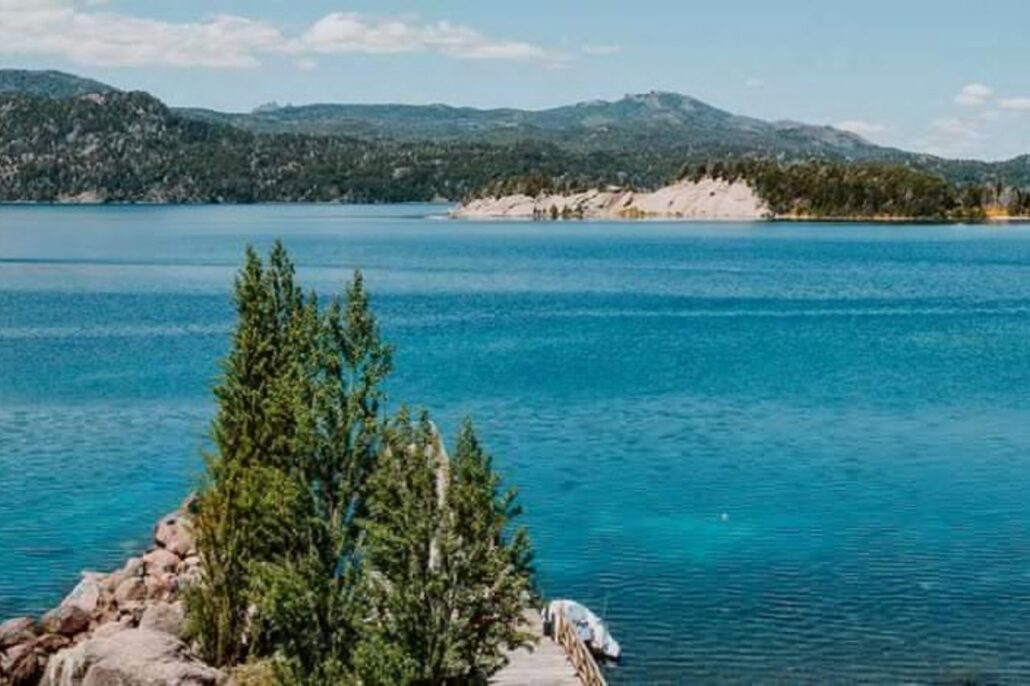“ISLA VICTORIA”
(VICTORIA ISLAND)
“Parque Nacional Nahuel Huapi” (Nahuel Huapi National Park) was created in 1934 as an addition to the existing “Parque Nacional del Sur” (South National Park), one of the first in America to originate the Argentinian system of National Parks (1922).
The territory consisting of 705,000 has. nowadays, used to cover 8,500 has. It was donated to the National State by “Francisco Pascasio Moreno”, expressly requesting that it be preserved as a public park to posterity. Its name, “Nahuel Huapi”, means «tiger island» in “mapuche” language

FLORA
“Nahuel Huapi” National Park forests are mainly dominated by three species of trees: “lenga tree” (Nothofagus pumilio), “coihue tree” (Nothofagus dombeyi) and “ñire tree” (Nothofagus antártica).
In addition, there are preserved areas where other types of forests are developed. “Peninsula Quetrihue arrayanal” (Quetrihue Peninsula myrtle forest) is an exceptionally interesting and ecologically valuable case since it constitutes a National Park in itself (“Los Arrayanes”).
Mixed forests are commonly formed, that is to say, many species coexist. However, it is also possible to see small woods containing single species.
FAUNA
This National Park not only has impressive scenery, exuberant forests and crystal-clear lakes, but is also inhabited by a very specific group of animals that have developed together with their environment.
The area has a considerable diversity of species which for climatic, geographical and evolutionary reasons is lower than that of the center and north of the country. There are 200 vertebrate species, 120 bird species, 42 mammal species, 13 amphibian species, 12 reptile species and 11 fish species that inhabit the Park; many of them are exclusive of original Andean-Patagonian woods.
GEOGRAPHY
The geography in this Park is largely affected by glaciers which covered its entire surface and started their recession process 10,000 years ago. Evidence of these glaciers can still be found in mounts “Tronador, Bonete and Falkner”, among others.
Given the characteristics of the mountain ranges, the numerous lake basins drain into the Pacific as well as into the Atlantic oceans.
The main highest mountains are “Tronador” (3,553 MASL) and South “Catedral” (2,388 MASL).



































